ID-DOC: general search
Here you can enter a general keyword and perform a general search.
??? What are these question marks doing here? These represent tools which we know by a Dutch or French name, but who's English name is yet unknown. Suggestions are always welcome!
If you cannot find a certain tool, or if you experience other problems with this page, please let us know at info@mot.be.
Search for: tool
Showing search results 1,251 - 1,300
1,492 results found
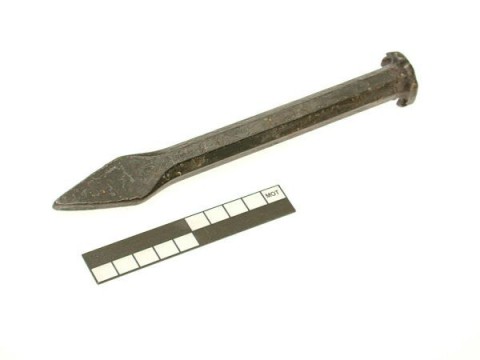
Splitter (stonecutter)
The stonecutter's splitter is a heavy metal chisel (300-400 gr) with a
narrow cut to carve holes for wedges in natural stone. It is approx. 15-20
cm long with a narrow (0.5-1 cm), straight or convex cut. The whole is
rectangular or octagonal in section. To be distinguished from the splitting
chisel of different metal workers. [MOT]
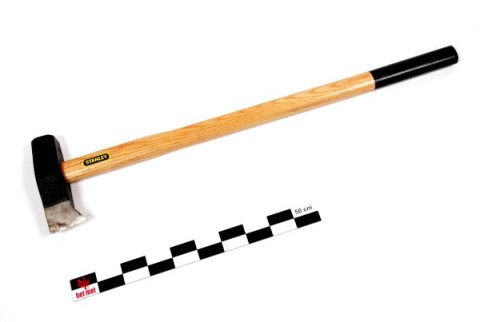
Splitting axe
The splitting axe is used to split firewood. It consists of a straight
handle of approx. 70-80 cm and a heavy (3-4 kg) iron with a triangular
cross section, in which, at the end, an eye is forged. The cut is often
longer than the body itself is high. The splitting axe is never hit (cf.
splitting wedge with handle). See also splitting wedge. [MOT]
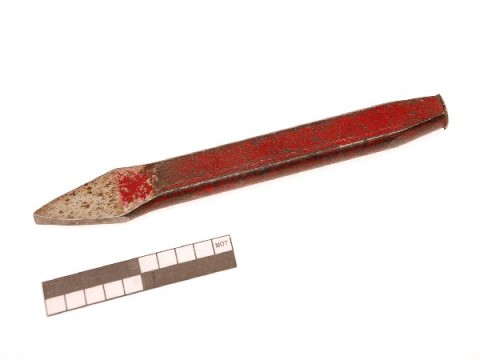
Splitting chisel
All-metal chisel approx. 20-50 cm long to cut a narrow groove in a metal
plate to make it easier to break or in a horseshoe where the holes for the
horseshoe nails will be driven. The splitting chisel has a fairly narrow
cut (approx. 9-13 mm) which is ground at an angle of approx. 60 °. This
allows you to work with it to a fairly great depth. The whole is usually
rectangular in cross section. To be distinguished from the stonecutter's
splitter. [MOT]
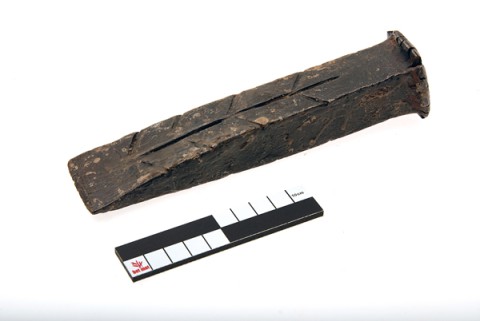
Splitting wedge
This text can only be consulted in Dutch
<https://www.mot.be/resource/Tool/splitting-wedge?lang=nl>
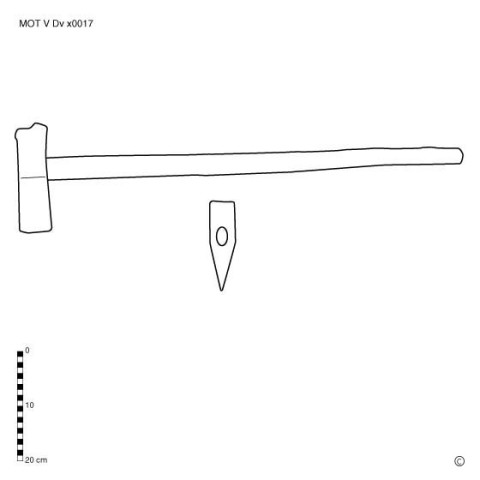
Splitting wedge with handle
This text can only be consulted in Dutch
<https://www.mot.be/resource/Tool/splitting-wedge-with-handle?lang=nl>
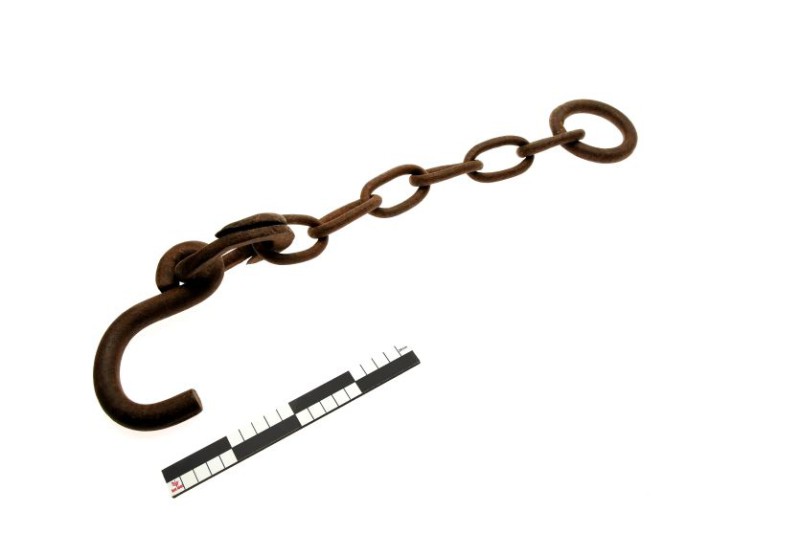
Spoke dog
Spoke dog of a wheelwright
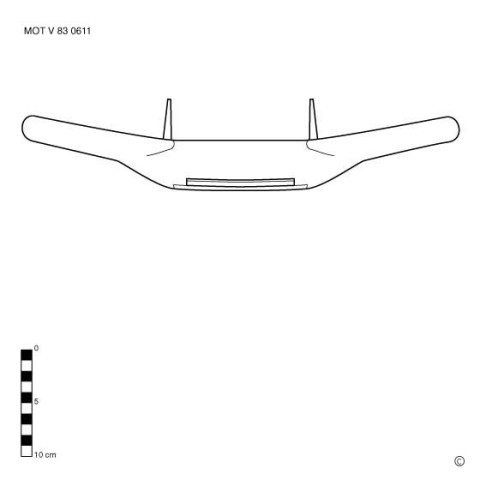
Spoke shave
This text can only be consulted in Dutch
<https://www.mot.be/resource/Tool/spoke-shave?lang=nl>
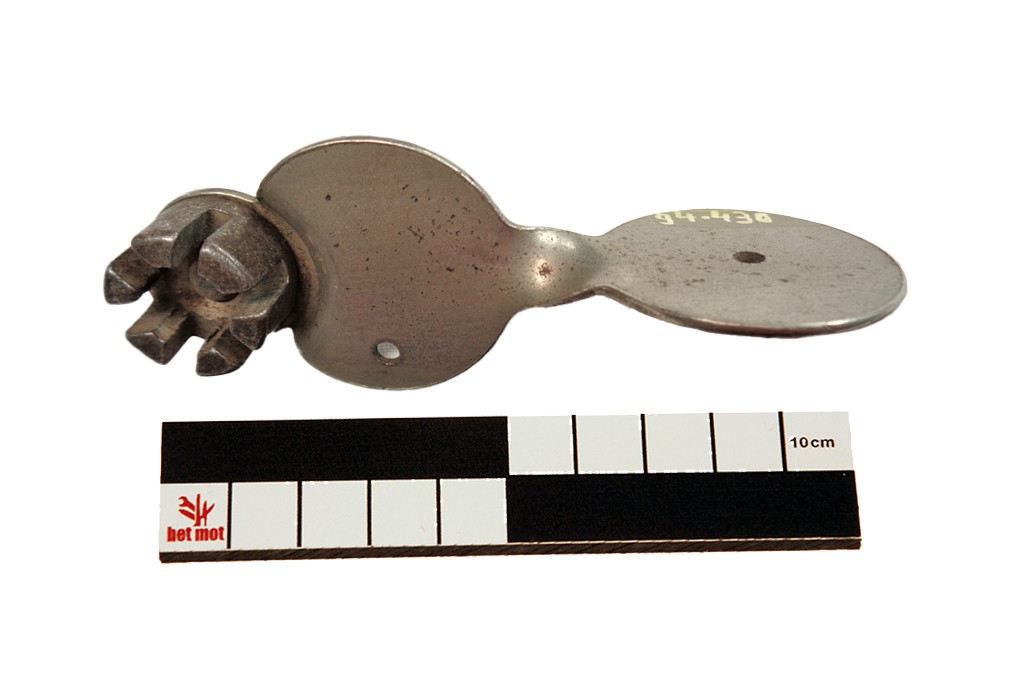
Spoke wrench
This text can only be consulted in Dutch
<https://www.mot.be/resource/Tool/spoke-wrench?lang=nl>
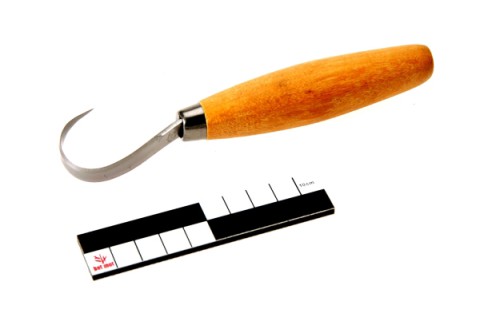
Spoon and bowl maker's hook knife
This text can only be consulted in Dutch
<https://www.mot.be/resource/Tool/spoon-and-bowl-makers-hook-knife?lang=nl>
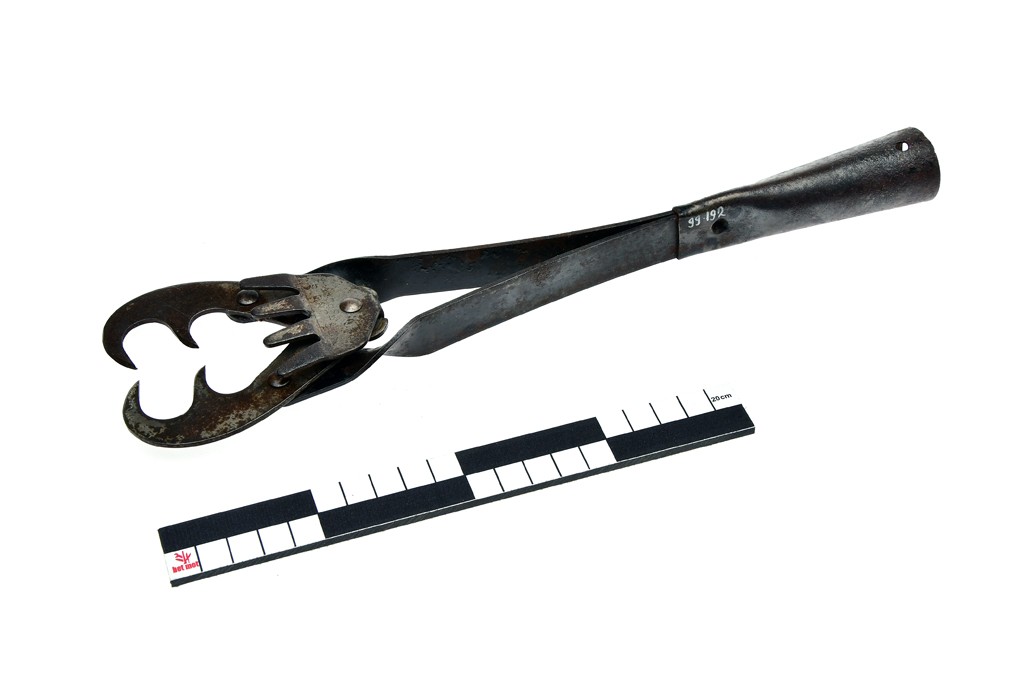
Spring harpoon
This text can only be consulted in Dutch
<https://www.mot.be/resource/Tool/spring-harpoon?lang=nl>
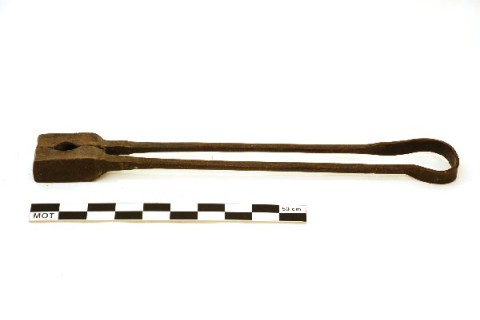
Spring swage
This text can only be consulted in Dutch
<https://www.mot.be/resource/Tool/spring-swage?lang=nl>
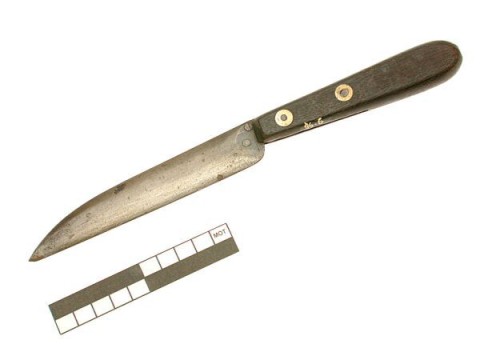
Spud knife
This text can only be consulted in Dutch
<https://www.mot.be/resource/Tool/spud-knife?lang=nl>
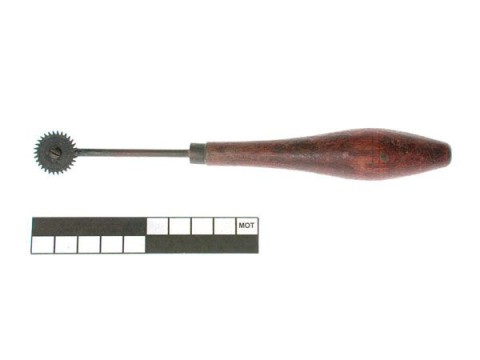
Spur embedder
This text can only be consulted in Dutch
<https://www.mot.be/resource/Tool/spur-embedder?lang=nl>
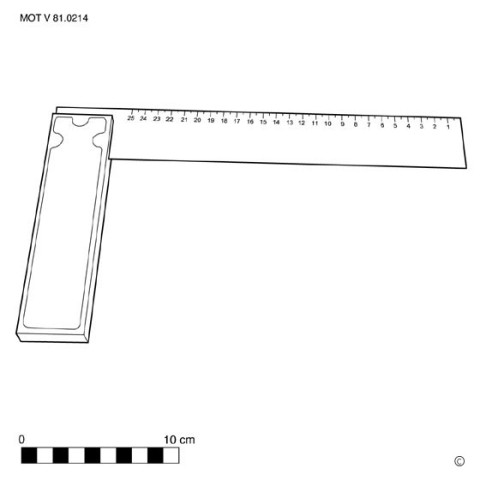
Square
This text can only be consulted in Dutch
<https://www.mot.be/resource/Tool/square?lang=nl>
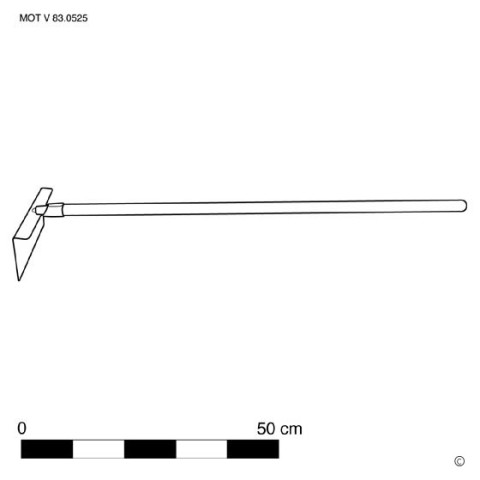
Stable scraper
This text can only be consulted in Dutch
<https://www.mot.be/resource/Tool/stable-scraper?lang=nl>
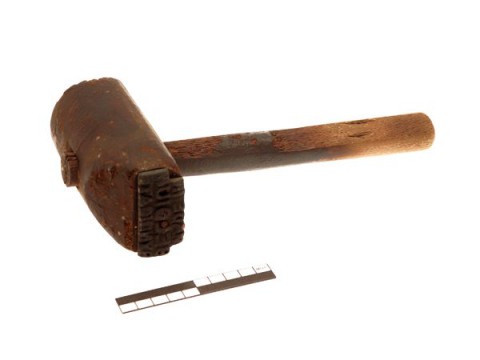
Stamp (brickmaker)
Bricks, tiles and roof tiles (see the brickmaker's stamp (potter) are
sometimes marked with characters, usually letters referring to the
manufacturer. This is done with a hammer-shaped stamp. [EMABB]
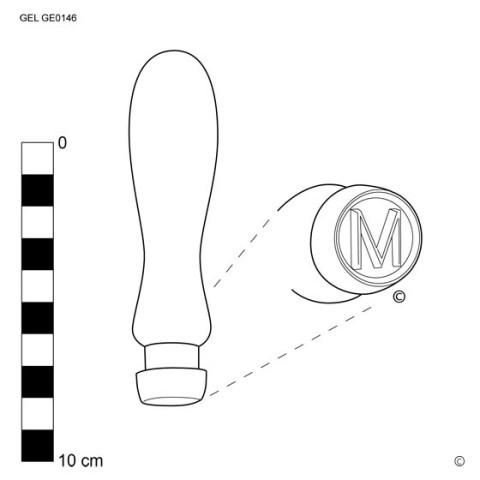
Stamp (brickmaker) (potter)
This text can only be consulted in Dutch
<https://www.mot.be/resource/Tool/stamp-brickmaker-potter?lang=nl>
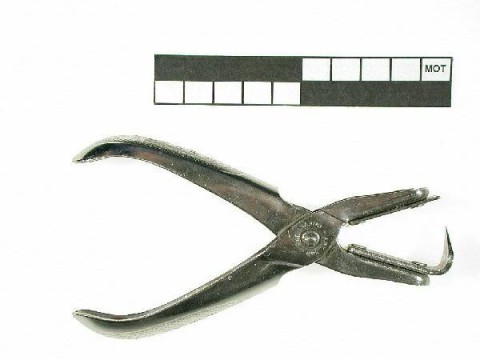
Staple remover
This text can only be consulted in Dutch
<https://www.mot.be/resource/Tool/220?lang=nl>
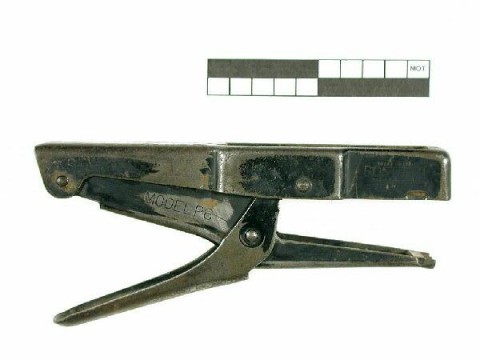
Stapler
This text can only be consulted in Dutch
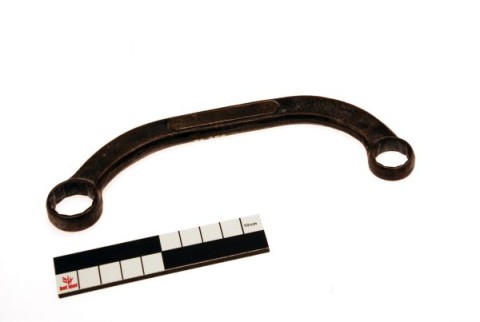
Starter wrench
Double 12-sided ring spanner at the end of an arc-shaped rod. The shape of
that rod makes it possible to loosen and tighten hard-to-reach nuts. The
starter wrench is available in different sizes (10-22 mm). [MOT]
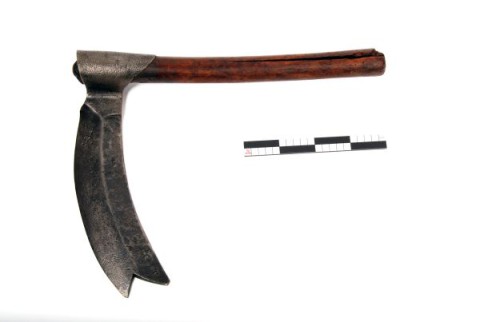
Stave splitter
This text can only be consulted in Dutch
<https://www.mot.be/resource/Tool/373?lang=nl>
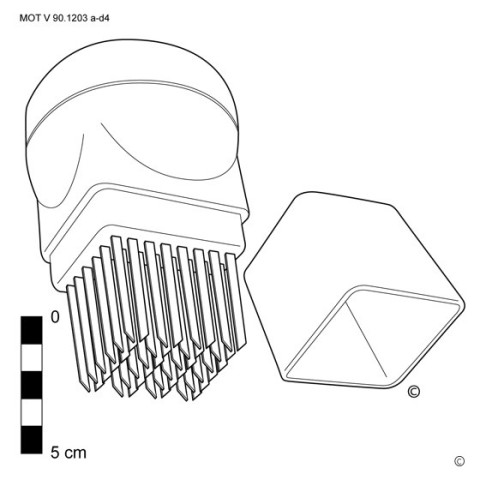
Steak greith
This text can only be consulted in Dutch
<https://www.mot.be/resource/Tool/steak-greith?lang=nl>
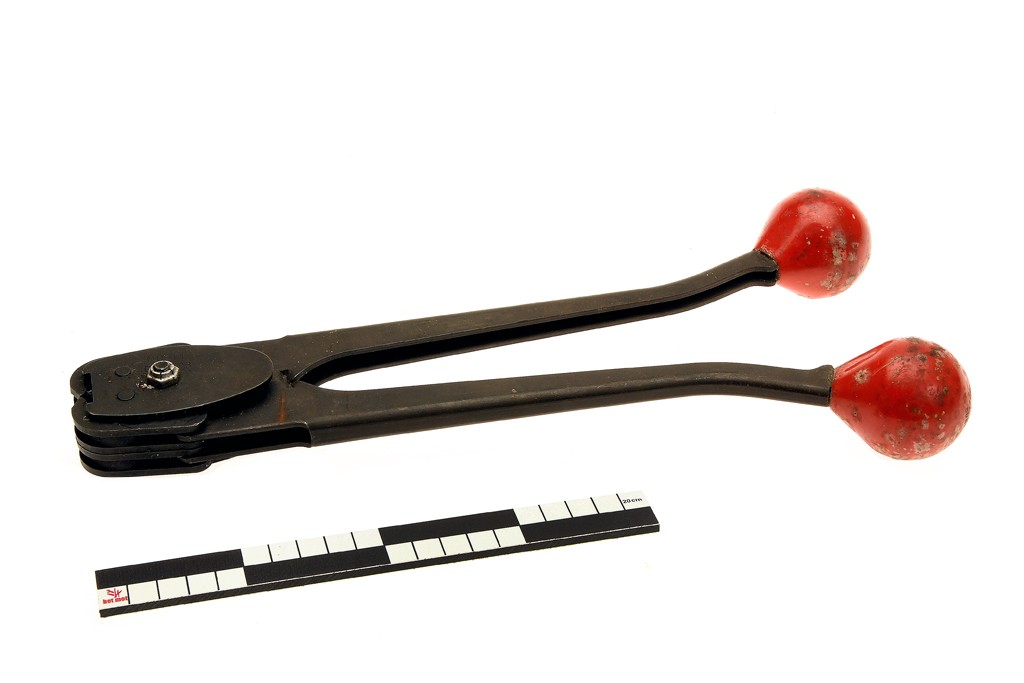
Steel strapping pliers
This text can only be consulted in Dutch. See also the steel strapping
tensioner. [MOT]
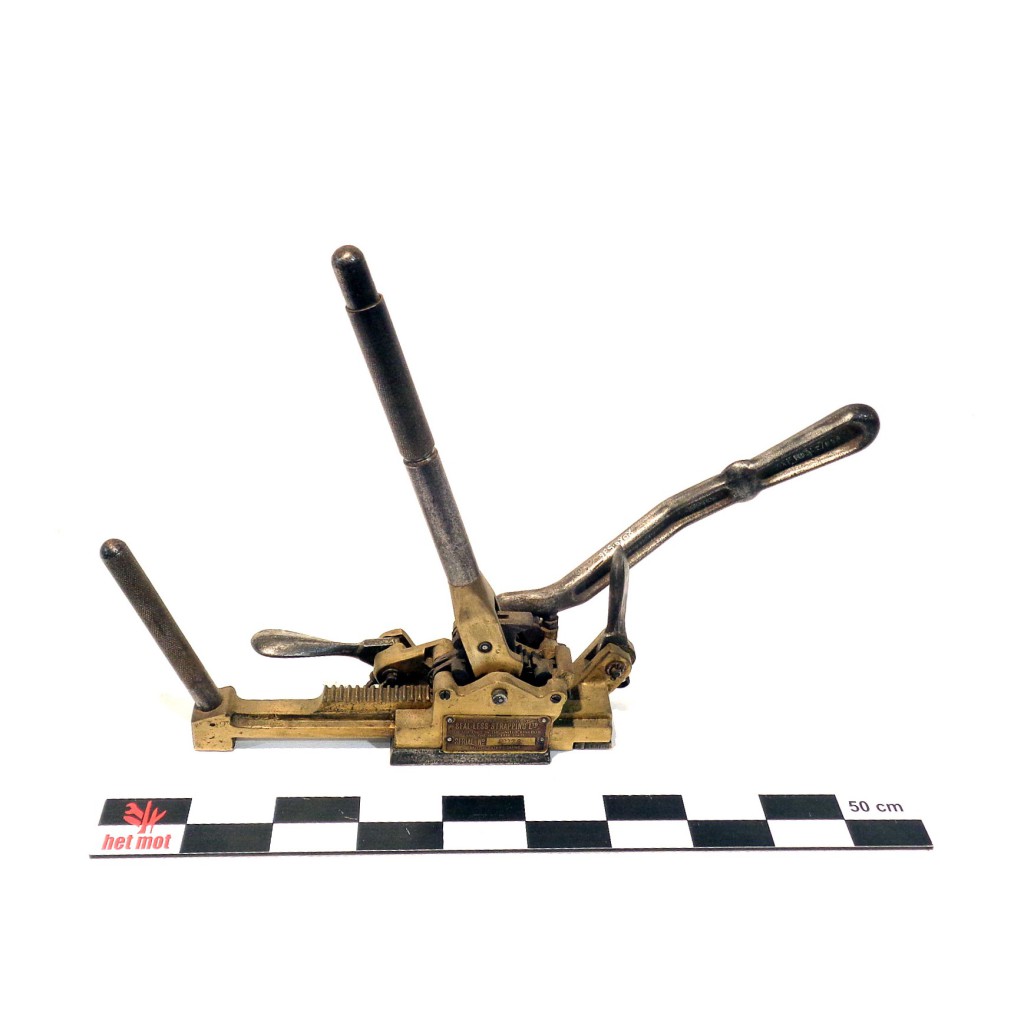
Steel strapping tensioner
This text can only be consulted in Dutch. See also the steel strapping pliers. [MOT]
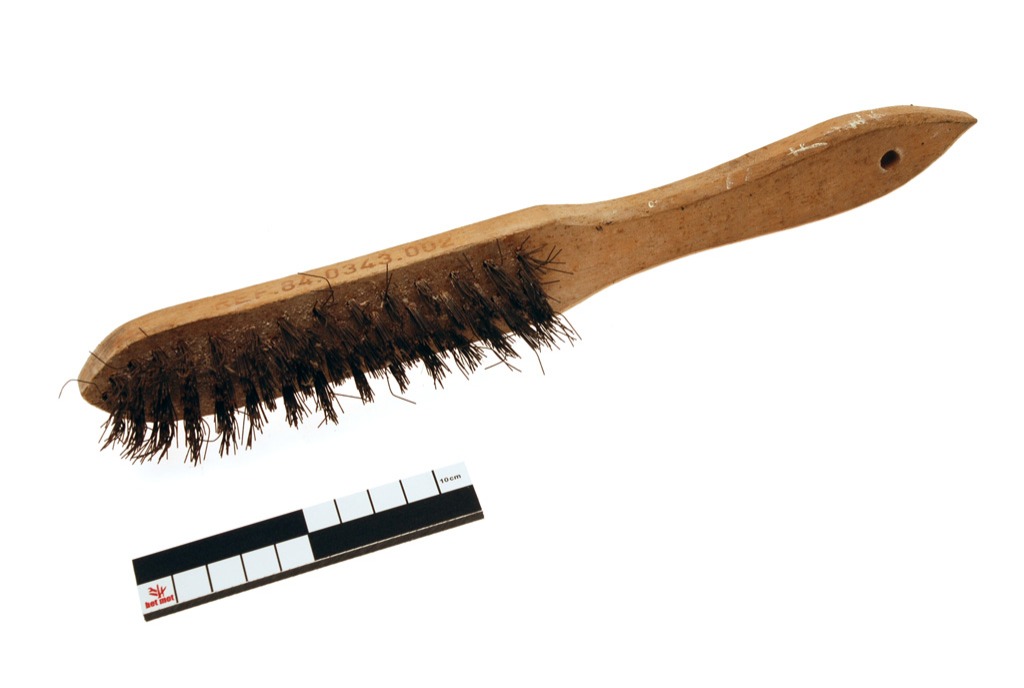
Steel wire brush
This text can only be consulted in Dutch
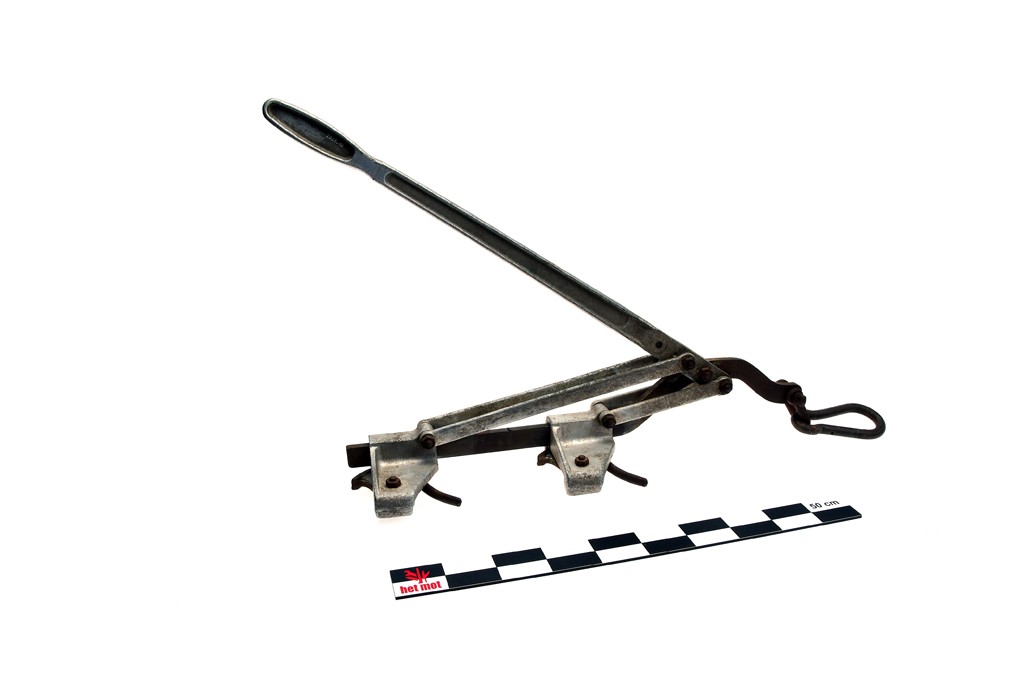
Steel wire strainer
This text can only be consulted in Dutch
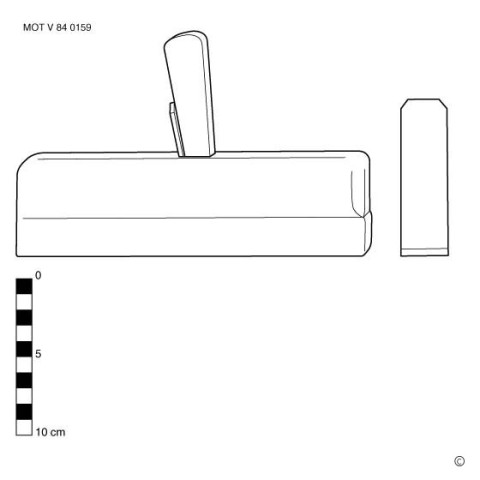
Steep planing-tool
This text can only be consulted in Dutch
<https://www.mot.be/resource/Tool/steep-planing-tool?lang=nl>
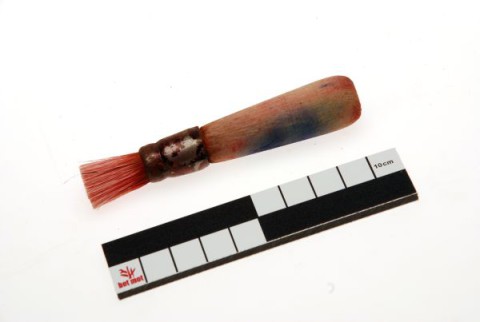
Stencil brush
Paint brush used in stencil painting to apply the paint in the cut-out
areas of the stencil consisting of letters, figures or decorations. You can
also spat paint with it, in combination with a spatter sieve. The stencil
brush consists of a round and straight-cut brush of firmly short (approx. 2
cm) white pig bristles (width approx. 0.4 - 3.7 cm), partly surrounded by a
metal sleeve in which, on the other side, a short (approx. 6 cm) wooden
handle sticks. [MOT]
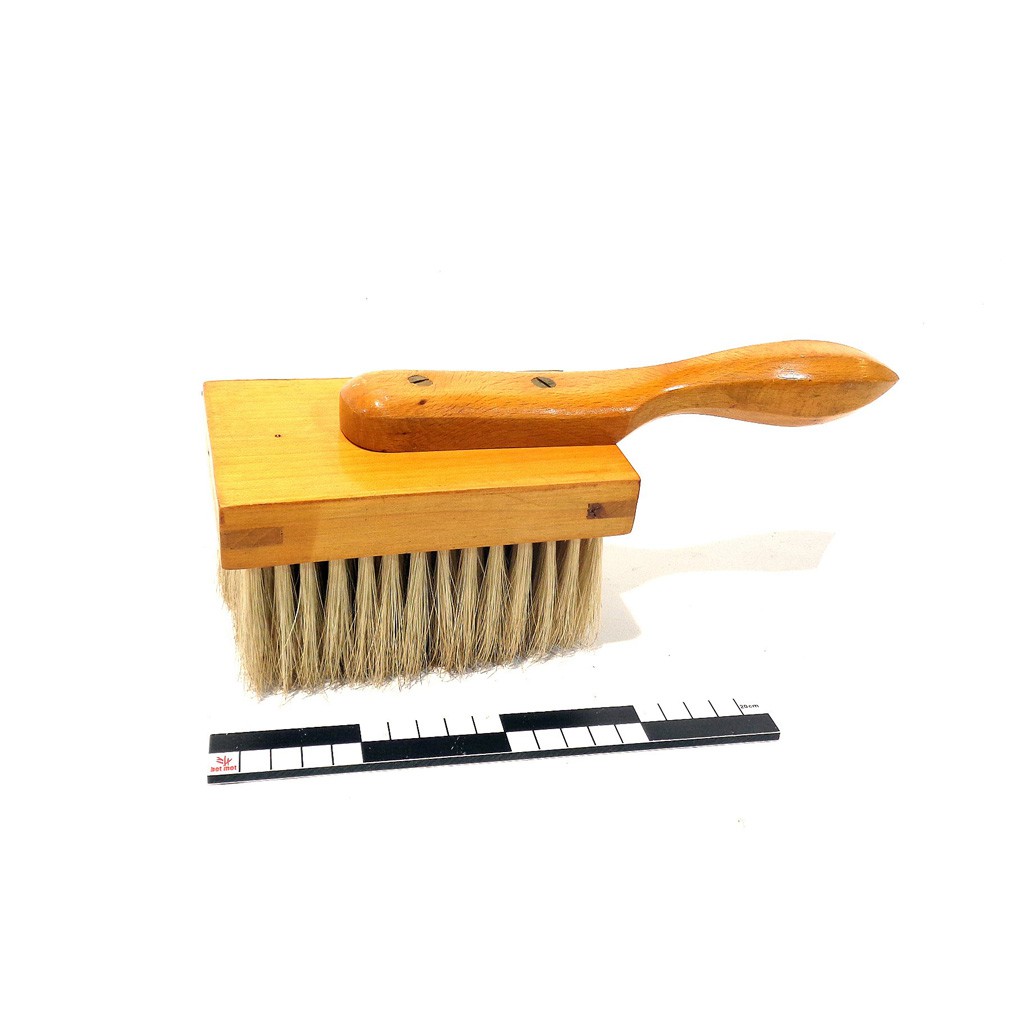
Stippling brush
This text can only be consulted in Dutch
<https://www.mot.be/resource/Tool/stippling-brush?lang=nl>
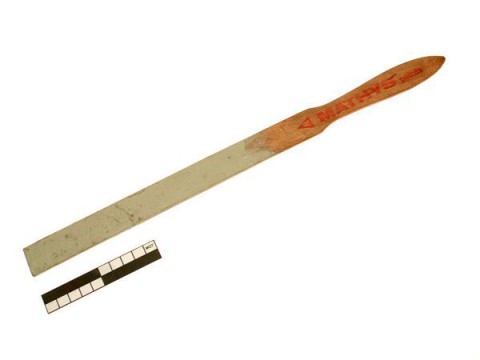
Stirring stick (house painter)
The house painter uses a stick to stir the paint, which must always be done
before painting. It is a wooden spatula of varying length (approx. 20-40
cm), depending on the size of the paint pot. [MOT]
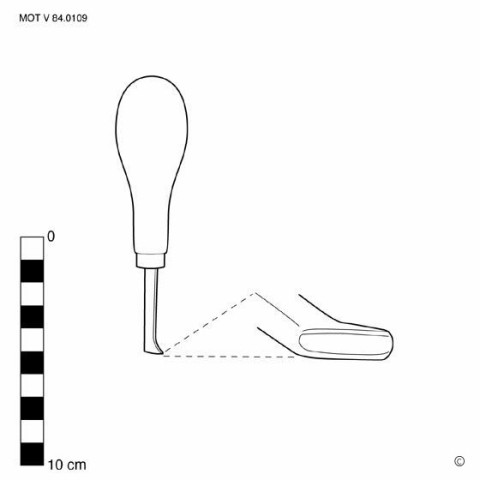
Stitch prick
This text can only be consulted in Dutch
<https://www.mot.be/resource/Tool/stitch-prick?lang=nl>
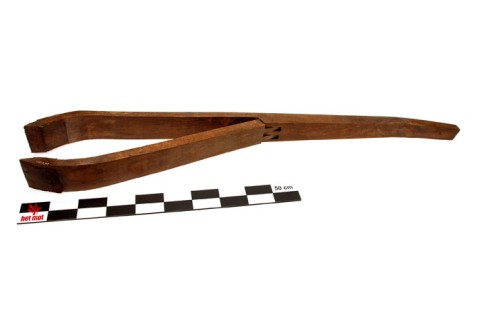
Stitching clamp
This text can only be consulted in Dutch
<https://www.mot.be/resource/Tool/228?lang=nl>
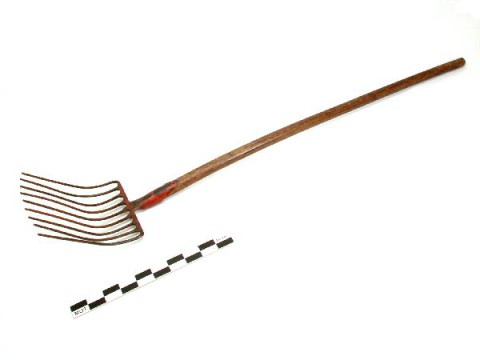
Stone fork
This text can only be consulted in Dutch
<https://www.mot.be/resource/Tool/stone-fork?lang=nl>
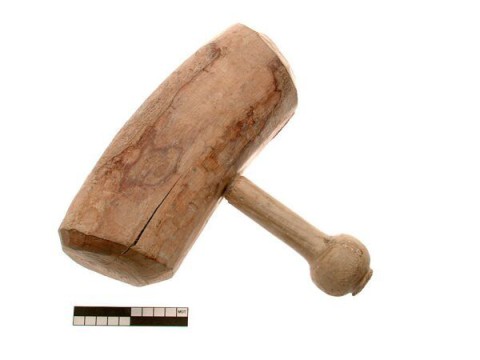
Stone mason's mallet
Wooden mallet used by the stone mason when working stone with chisels. It
has an elongated, often slightly curved head. The direction of the wood
fibres is perpendicular to the handle, which often has a spherical bulge at
the bottom. Frequent use often creates wear in the form of a cavity. If the
wear is too strong, the ends are sometimes shortened to create a new face.
The lost weight is sometimes compensated by iron nails hit in the head. The
hammer may also be fitted with two ferrules (1). Sometimes vinegar wood is
recommended for bluestone, palm wood for sandstone and beech wood for
limestone (2). [MOT] (1) BESSAC: 161. (2) JELLEMA: 45.
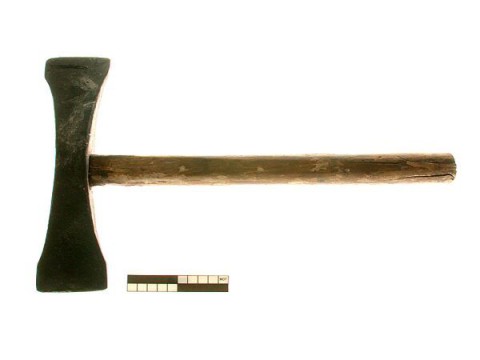
Stone-dressing axe
Axe-shaped tool with one, usually two axe-shaped, straight cutting edges
that are in the same plane as the handle (approx. 40-60 cm), for working
natural stone. The cutting edge has an angle between 10 ° - for working
soft stone types - and 40 ° for hard stone types. The stonemason uses this
dressing axe mainly to remove the excess material from soft stones. It is
also used to flatten natural stone after it has been roughly worked with
the stone-dressing pick or the pointed chisel, as well as in finishing to
give the stone a ribbed appearance (see also charring chisel). [MOT]
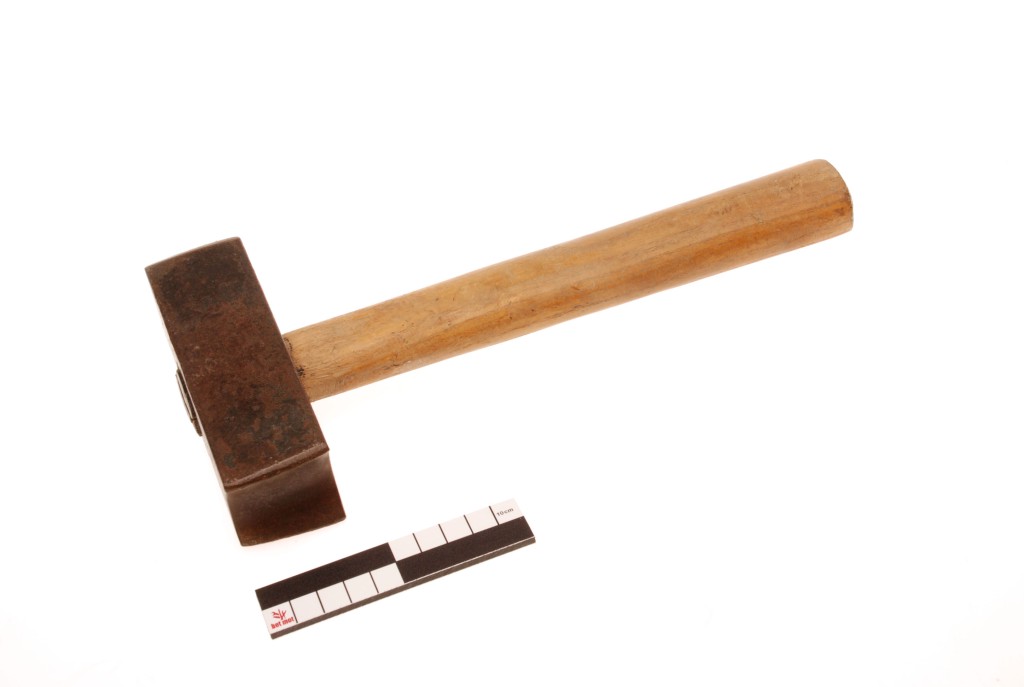
Stone-dressing concave hammer
The stone-dressing concave hammer is a metal hammer with one or two concave
faces, to make rough cuts from a block of natural stone; sometimes in
combination with a pick. [MOT]
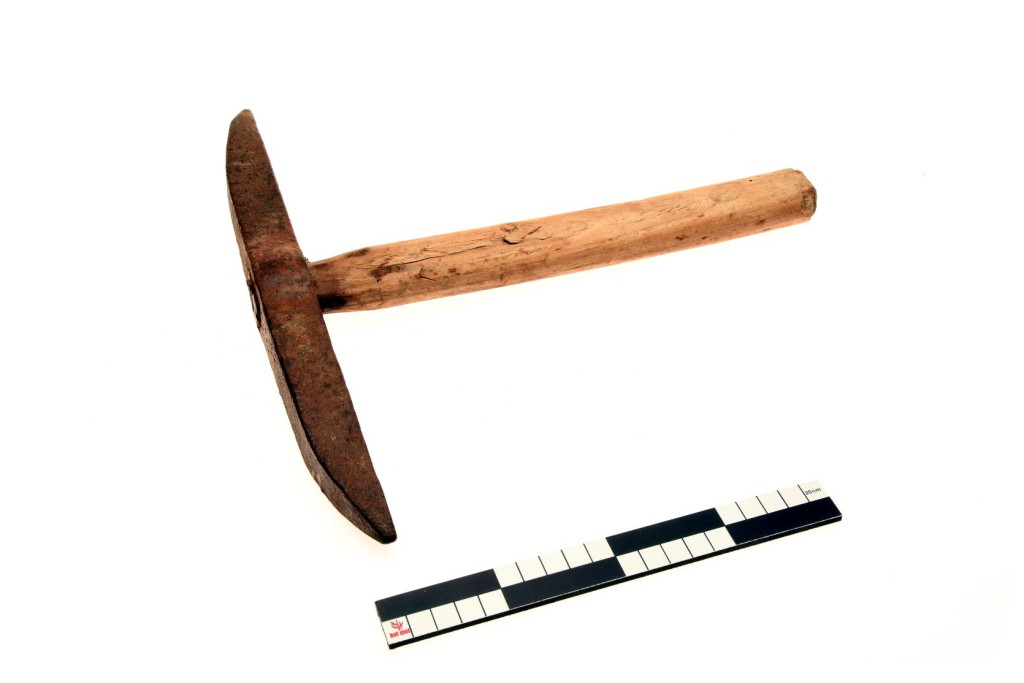
Stone-dressing pick
Metal tool with two pyramidal tips, used to cut away the coarser
irregularities in natural stone on the vertical surfaces. Tool description
to be completed. More technical information on the dutch version of this
page. [MOT]
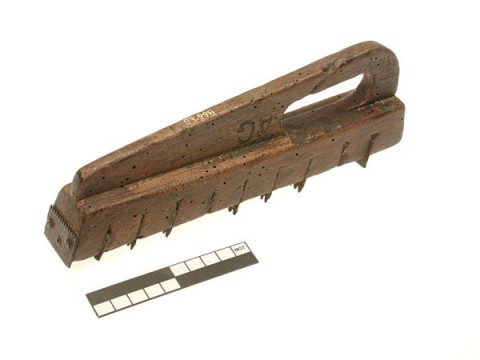
Stonemason's French drag
The French drag is used by the stonecutter for smoothing out soft stone
types such as marl, after the work with the stone-dressing axe, the
charring chisel or the claw chisel. There is a wide variety of models and
sizes depending on the surface to be worked. The hand tool consists of a
wooden block with handle, in which the sole contains a series of straight
or serrated metal cutting blades, perpendicular to the direction of the
piece of stone to be planed. You can find more technical information on the
dutch version of this page. [MOT]
Stonemason's gouge
The stonemason's gouge is a metal chisel with single cutting edge and
curved blade to carve rounded surfaces or details in stone. Similar to the
carpenter’s carving gouge. [MOT]
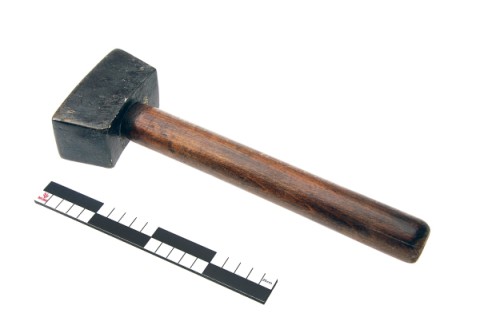
Stonemason's hammer
Metal hammer with a short handle and a straight or curved hammer head with
square faces. Sometimes hollows have been deliberately made in the sides
above the handle. (1) The stonemason uses this hammer to hit the
narrow-headed chisels (2), a crown drill or a masonry drill). Also when
splitting off a block of stone of the right size and shape; one by one a
number of wedges are then knocked into the block of stone in a straight
line and some distance apart until the two parts of the stone are split
apart. See also metal carver's mallet. [MOT] (1) These cavities would
ensure a better distribution of the impact force on hard stone types such
as granite (MERCUZOT: 221). (2) When the chisel head is wide, a wooden
stonemason beater is used.
Stonemason's handsaw
The stonemason's handsaw is a small hand saw with wooden handle to saw
notches in soft stone. In contrast to woodworking handsaws, the teeth of
these saws are never set (= alternately bent outwards). [MOT]
Stonemason's scraping iron
This scraping iron of a stonemason is a metal scraper with two curved ends
to smooth away the chisel and gouge marks in soft and semi-soft stone
types. This tool is to be distinguised from these ornamental tools of the
plasterer. [MOT]
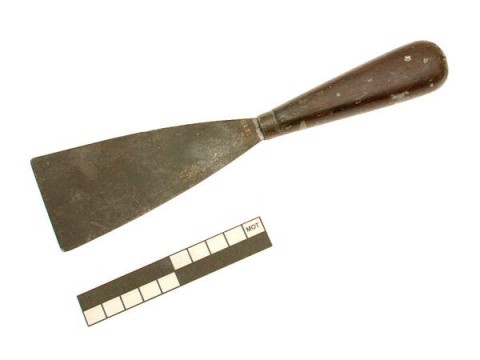
Stopping knife
This text can only be consulted in Dutch
<https://www.mot.be/resource/Tool/stopping-knife?lang=nl>
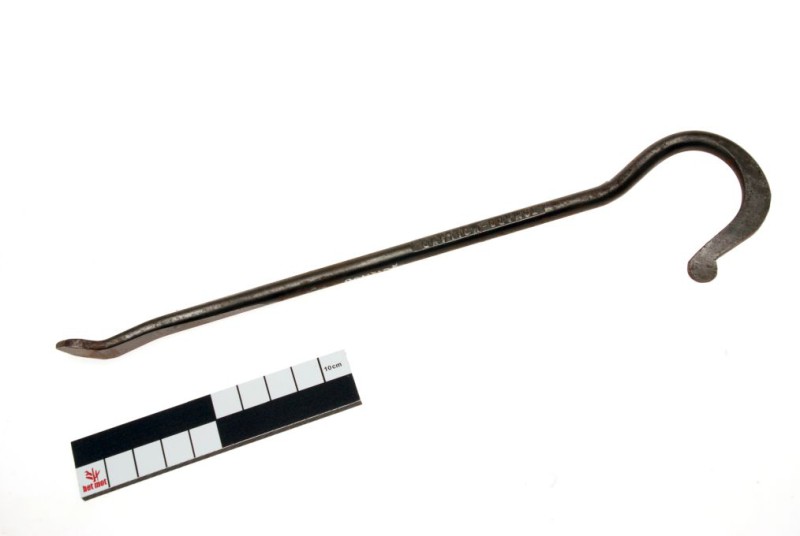
Stove lid lifter
The stove lid lifter is a hand tool for opening and closing the lid of
stoves as well as pulling the ashtray and shaking the grid. It consists of
a round rod with a flattened lip. The other end, which serves as a handle,
may be hook-shaped. More technical information on the dutch version of this
page. [MOT]
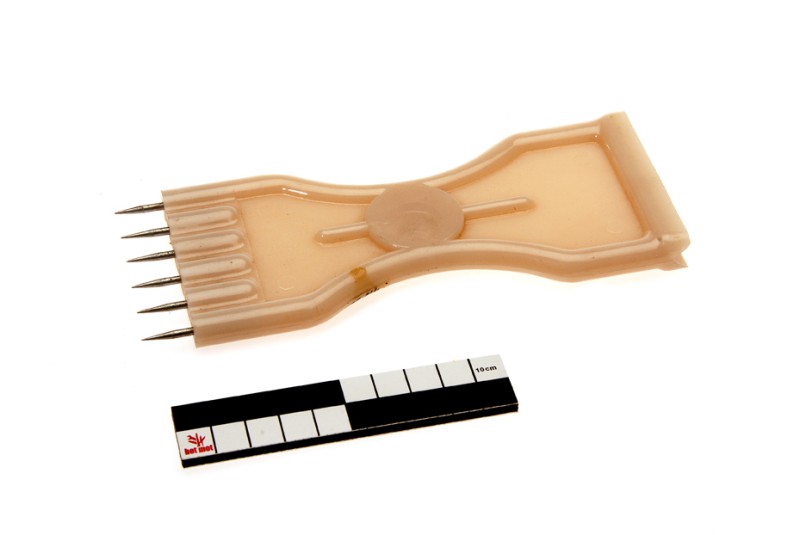
Straining fork
This text can only be consulted in Dutch
<https://www.mot.be/resource/Tool/straining-fork?lang=nl>
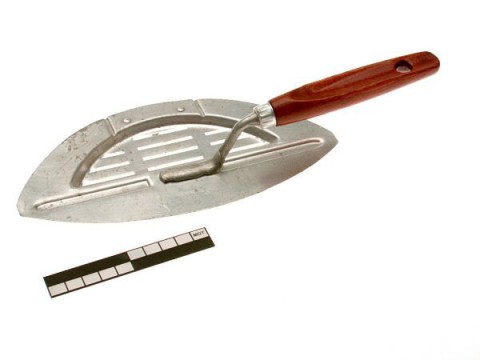
Straining lid
Kitchen utensil that is used when straining hot vegetables. It consists of an aluminum or stainless steel perforated plate in the shape of a semicircle, to which a handle is attached. With one hand, the straining lid is held over the rim of the pot while the pot is tilted with the other hand. Some models have a sliding handle with hooks so that the straining lid fits different sized pots. [MOT]
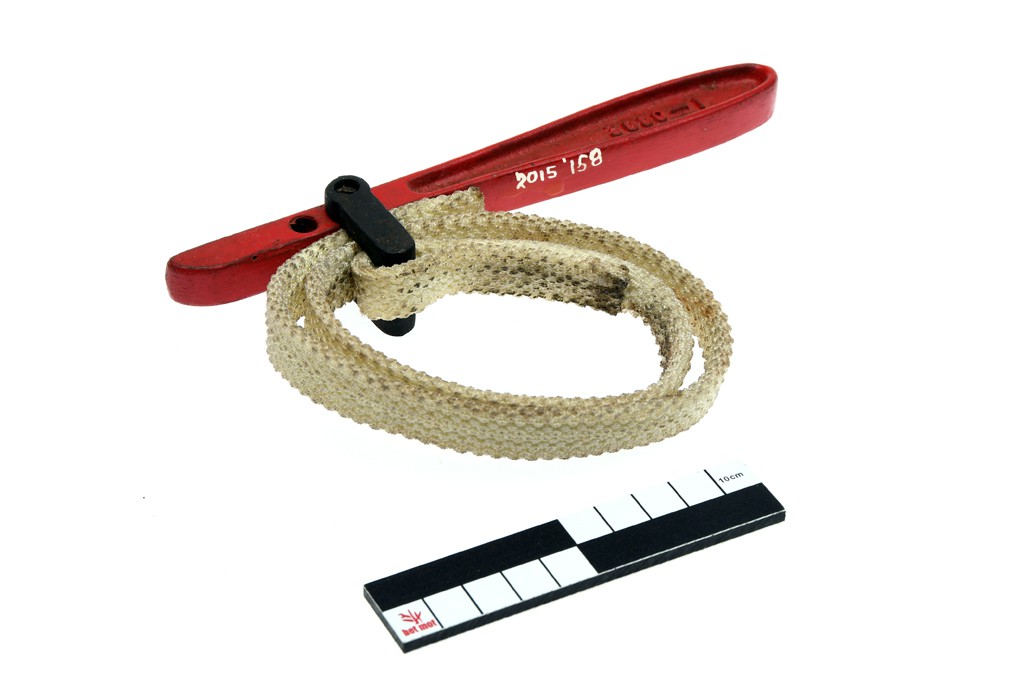
Strap wrench
This text can only be consulted in Dutch
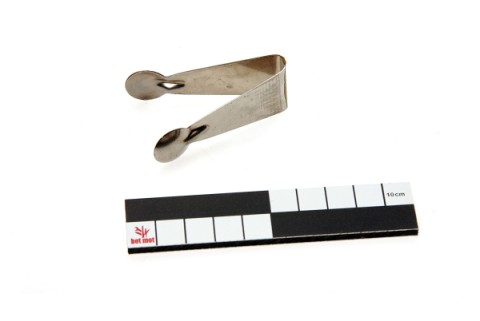
Strawberry huller
Small (approx. 5 cm), metal, V-shaped tongs with round ends (comparable to
pancake tongs) for removing the crown of strawberries. One can also pick
out the bones from fish fillets. Some claw-ended models resemble sugar
tongs. [MOT]
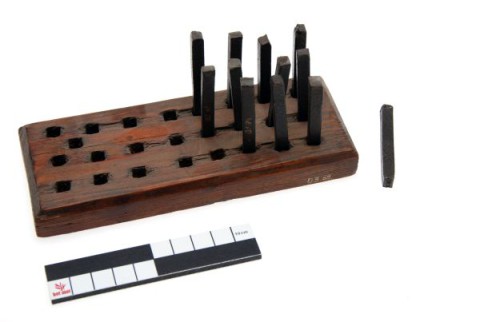
Striking punch
This text can only be consulted in Dutch
<https://www.mot.be/resource/Tool/striking-punch?lang=nl>

Striking wrench
Heavy-duty wrench (approx. 17-50 cm), respectively a ring- and open-end
spanner, made of shock-resistant spring forged steel or chrome vanadium and
with a widened end, used for firmly tightening and loosening nuts on heavy
machines. This is done by hitting the side of the end with a club hammer or
pneumatic hammer. [MOT]
